I am working to make an app that uses Google sign in, but I also want to be able to use their token to work with Google Apis. I am not sure how to access the token though using Ash Framework.
It looks like I would need to use the AshAuthentication.UserIdentity but when a user logs in I don’t see anything being created in those relavent tables. I am not sure if it matters but I added the UserIdentity after the user was already created.
Could anyone please point me in the right direction on how to go about this?
actions do
defaults [:read]
create :register_with_google do
argument :user_info, :map, allow_nil?: false
argument :oauth_tokens, :map, allow_nil?: false
# map includes id token and access token
upsert? true
upsert_identity :unique_email
change AshAuthentication.GenerateTokenChange
# Required if you have the `identity_resource` configuration enabled.
change AshAuthentication.Strategy.OAuth2.IdentityChange
change fn changeset, _ctx ->
IO.inspect(changeset, label: "changeset")
user_info = Ash.Changeset.get_argument(changeset, :user_info)
IO.inspect(user_info, label: "user info")
changeset
|> Ash.Changeset.change_attribute(:email, user_info["email"])
end
end
Hi @ashkan117, welcome 
It looks to me like you’re doing it correctly, but I think I remember someone telling me recently that Google only provides the refresh token the first time a user authenticates. Could this be the issue?
I see that you’re inspecting the changeset - you should see the after_action hook added by AshAuthentication.Strategy.OAuth2.IdentityChange correct?
Hi @jimsynz and thanks.
It looks like Google does return the access and refresh token
oauth_tokens: %{
"access_token" => "...",
"expires_in" => 3599,
"id_token" => "...",
"refresh_token" => "...",
I don’t see the after_action hook tied to the changeset though. Would this just be an additional field?
Yeah, you should see a list of functions in the after_action field.
Quick question - do you have the identity_resource option set in your strategy DSL?
I did not have the identity_resource in my authentication strategy. Adding that fixed it.
I didn’t see the option earlier in the docs.
authentication do
api Alpen.Accounts
strategies do
oauth2 :google do
...
identity_resource Alpen.Accounts.UserIdentity
end
end
end
It did complain that I needed to add the UserIdentity module to a resource registry but after adding that it worked.
entries do
...
entry Alpen.Accounts.UserIdentity
end
Thank you for pointing that out!
Would the appropriate way to interact with the access_tokens in the UserIdentity then be through some custom defined code acounts?
I’m glad you got it sorted out 
I’m not sure I follow. Can you rephrase the question?



















